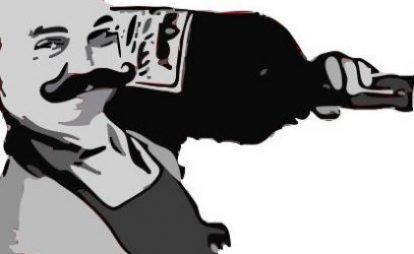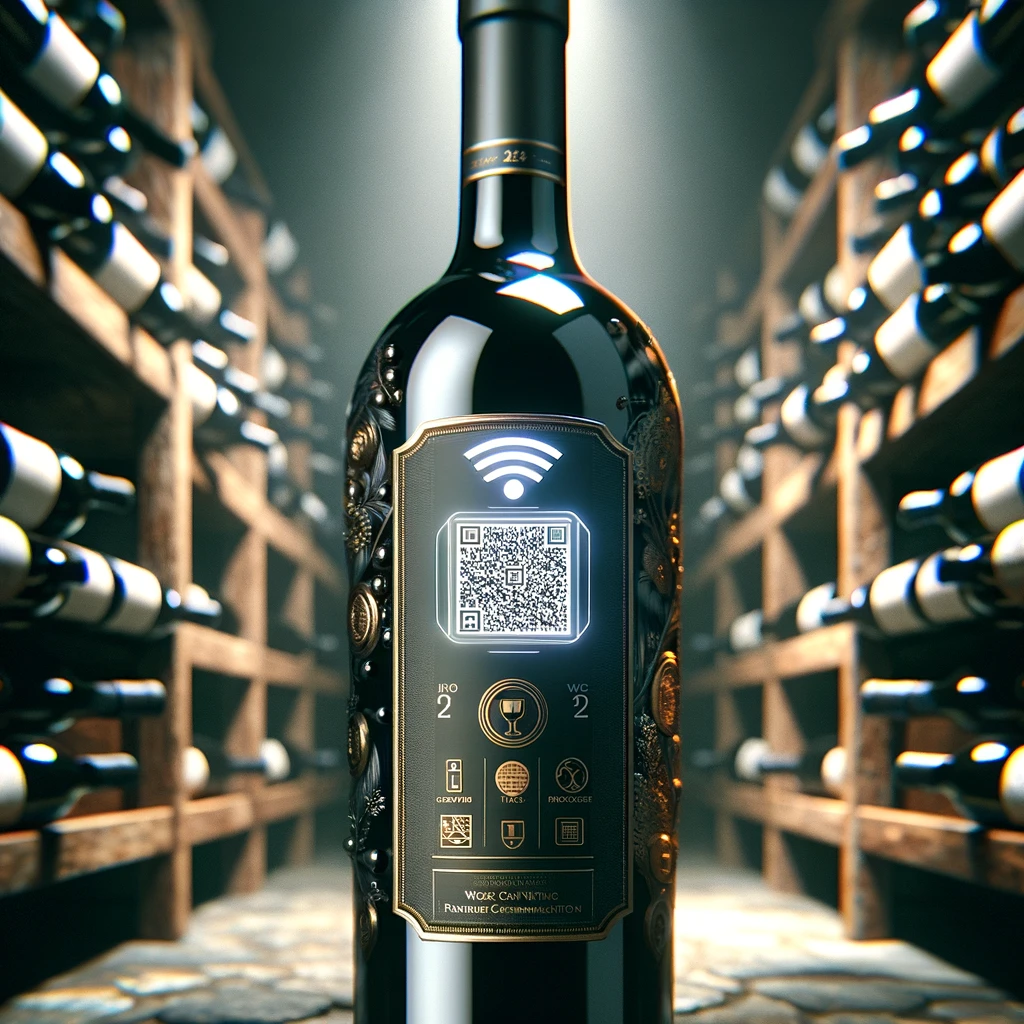The days get shorter and the weather doesn’t help either: now all that remains is to hope that the lights of the festive season can brighten up our days. Or, we just flip it around and look at the bright side: slow down a little, tug ourselves with a nice cup of tea and a good read. Something like this week’s edition of the JollyCellarMaster Weekly, perhaps?
Around the World in Four Stories
And we’ve got plenty to talk about, so let’s not waste another second:
EU’s Glyphosate Extension: Stirring Debate in Agriculture and Viticulture
In a move that’s causing ripples across the European Union, the European Commission has decided to continue the authorization of glyphosate, the controversial weed killer, for another ten years. Meininger reports that this decision, however, comes with a twist: new restrictions are now in place, including a prohibition on its use just before harvest and additional measures to safeguard non-target species and biodiversity.
Glyphosate, a critical ingredient in Bayer-Monsanto’s ‘Roundup’, is a herbicide that works systemically, absorbed through the plant’s green parts to eliminate it. This method demands precise application, particularly in the sensitive field of viticulture, to prevent harm to the crops it’s designed to protect. Although there’s a mix of opinions regarding its effect on human health, the prevailing scientific view suggests that glyphosate is safe when used correctly. Nevertheless, the herbicide’s impact on biodiversity and the environment remains a contentious issue.
The decision has been met with mixed reactions. For those in industrial agriculture and steep-slope viticulture, glyphosate is an indispensable tool, making its continued authorization a welcome relief. However, Germany’s abstention from the vote, rooted in its coalition’s commitment to ban glyphosate, signals that national-level opposition may influence its future application.
Bordeaux Vineyards: Embracing Change for Sustainable Viticulture
Turning our gaze to France’s iconic Bordeaux region, we witness a transformative strategy being implemented. Decanter writes that the French government has embarked on a bold plan to reduce the area of Bordeaux vineyards by nearly 9%. This strategic reduction, fueled by a combination of factors like decreasing exports, shifts in domestic wine consumption, and recent adverse climatic conditions, marks a significant shift in the region’s viticultural approach.
To support this significant transition, the government has earmarked €67 million in aid for winemakers, either to help with uprooting their vineyards or to pivot parts of their land to alternative agricultural pursuits. More than just aligning production with market demand, this initiative also addresses health concerns, as neglected vineyards can become hotbeds for diseases such as flavescence dorée, posing a risk to vine health in the region.
Winemakers have shown considerable interest in this program, with about 1,000 preliminary requests for aid to cover around 9,300 hectares of vineyard land. This move towards downsizing is a balancing act between meeting market demands and maintaining environmental sustainability. Notably, winemakers availing themselves of this aid will be restricted from replanting vines on the cleared land for twenty years, encouraging a diversification in agricultural practices, with some considering alternative crops like saffron or kiwis, or branching into livestock or grain farming.
The Intricate Balancing Act in Modern Winemaking
And if I had to pick one, this one might be my favourite of the week given my interest in the different ways of tempering with grape juice.
Beneath the surface of traditional winemaking lies a world of nuanced practices, some of which blur the lines between authenticity and modification. An insightful piece from Wine-Searcher uncoversthese lesser-known aspects of the winemaking process.
In California, for example, winemakers might dilute a particularly strong Viognier to reduce its alcohol content, a practice that illustrates the delicate balance between natural conditions and the desired outcome of the wine.
In Burgundy, the effects of global warming have led to the addition of sugar to grapes, a process known as chaptalization. This technique is a subtle acknowledgment of the changing climate’s impact on traditional winemaking methods.
Additionally, the use of tartaric acid, derived from the lees of wineries across Spain and shipped to countries like South Africa, is another example of the global interconnectedness and the complexities involved in achieving the perfect balance in wine production.
These methods, while essential for maintaining the desired quality and balance in wines, raise questions about the authenticity and integrity of the final product. The article suggests that the industry’s pursuit of balance and perfection may sometimes verge on manipulation, reminiscent of notorious wine fraud cases.
Chilean Vineyards: Adapting to a Shifting Market
And lastly, we conclude our tour around the globe in South America with an article from the DB: Chile’s wine industry is facing its own set of challenges, primarily due to declining demand for its wines, both domestically and internationally. This decrease in demand, particularly for lower-end wines, has led to a drastic decision: the abandonment and potential removal of vineyards.
Sebastian Labbé of Viña Santa Rita notes the stark reality of this situation. While his winery has fared relatively well, others have seen a drastic drop in sales, attributed mainly to decreased demand from key export markets like China and low domestic consumption. The outcome is stark – many vineyards remained unpicked, and a large number of Chile’s 130,000 hectares of vineyard land may be pulled out due to economic non-viability
However, it’s not all doom and gloom. The demand for high-tier wines, priced above $500 per case, is growing. This suggests a shift in consumer preferences towards premium products. The 2023 vintage in Chile, characterized by ripe flavors and moderate alcohol levels, indicates a focus on quality over quantity, perhaps a strategic response to changing market dynamics.
This situation mirrors a broader trend in the global wine market. Data suggests a significant decline in the ‘value and below’ wine sector, while the ‘superpremium and above’ segment shows growth. This trend is not unique to wine but is also observed in the beer and spirits sectors.
In the first half of 2023, Chile’s bulk wine exports witnessed a significant decline, reflecting this global shift. The reduction in both volume and value of Chilean wine exports, including bottled wines, underscores the challenges the country’s wine industry faces amid changing consumer preferences and global market trends.
—
And that is all for today. However, if you have an interesting story to tell or simply want to chat about wine as a guest on the Podcast, connect on Twitter or drop me a line. And if you want to stay in the loop about things happening at the JollyCellarMaster and the world of wine, make sure you sign up to our newsletter.
—
Disclaimer: As always, I’d like to be completely transparent about affiliations, conflicts of interest, my expressed views and liability: Like anywhere else on this website, the views and opinions expressed are solely those of the original authors and other contributors. The material information contained on this website is for general information purposes only. I endeavour to keep this information correct and up-to-date, I do not accept any liability for any falls in accurate or incomplete information or damages arising from technical issues as well as damages arising from clicking on or relying on third-party links. I am not responsible for outside links and information is contained in this article nor does it contain any referrals or affiliations with any of the producers or companies mentioned. As I said, the opinions my own, no liability, just thought it would be important to make this clear. Thanks!




